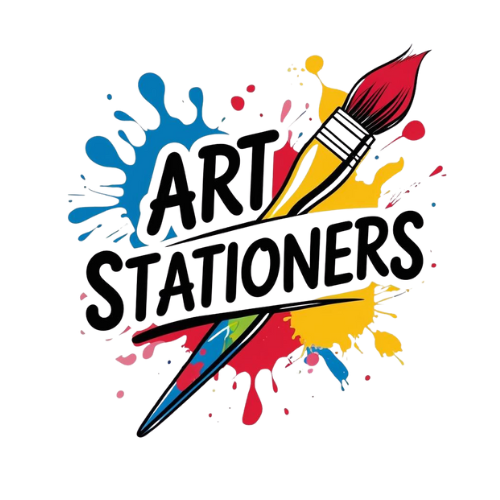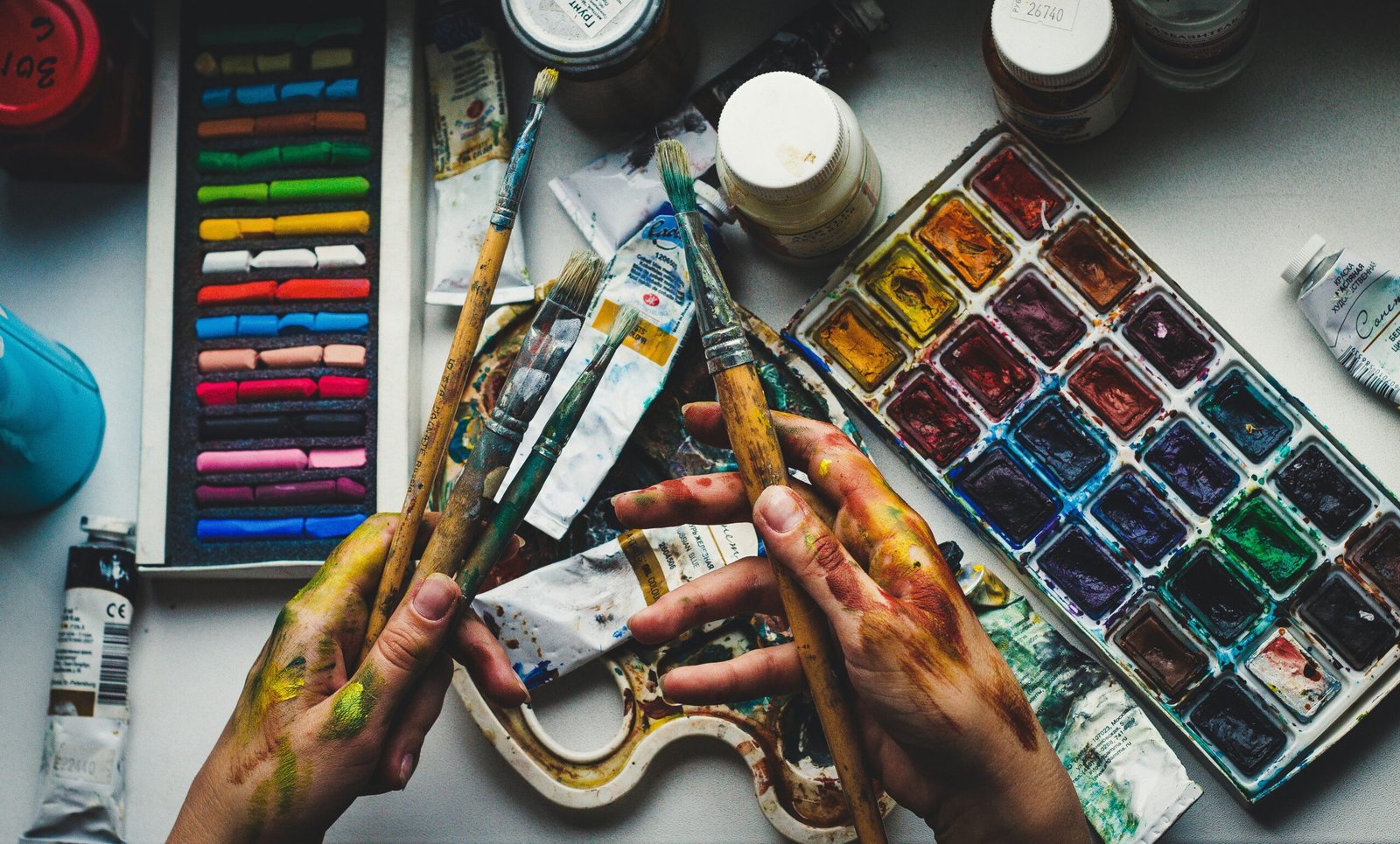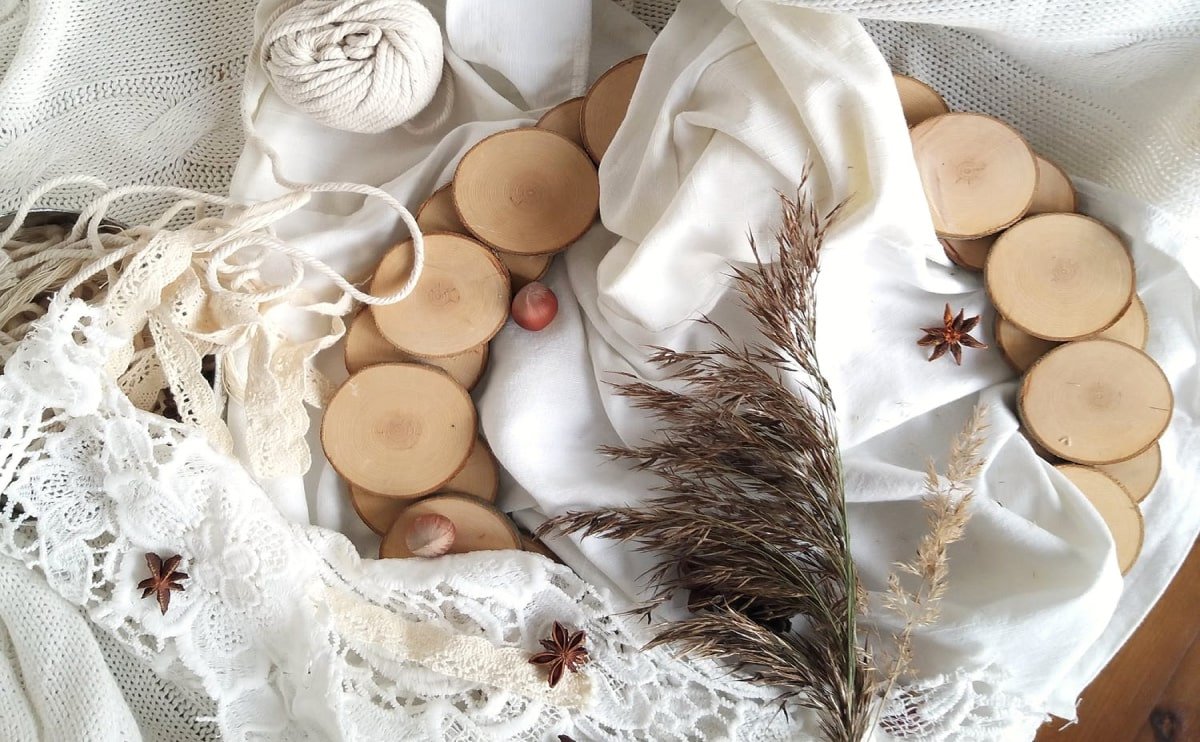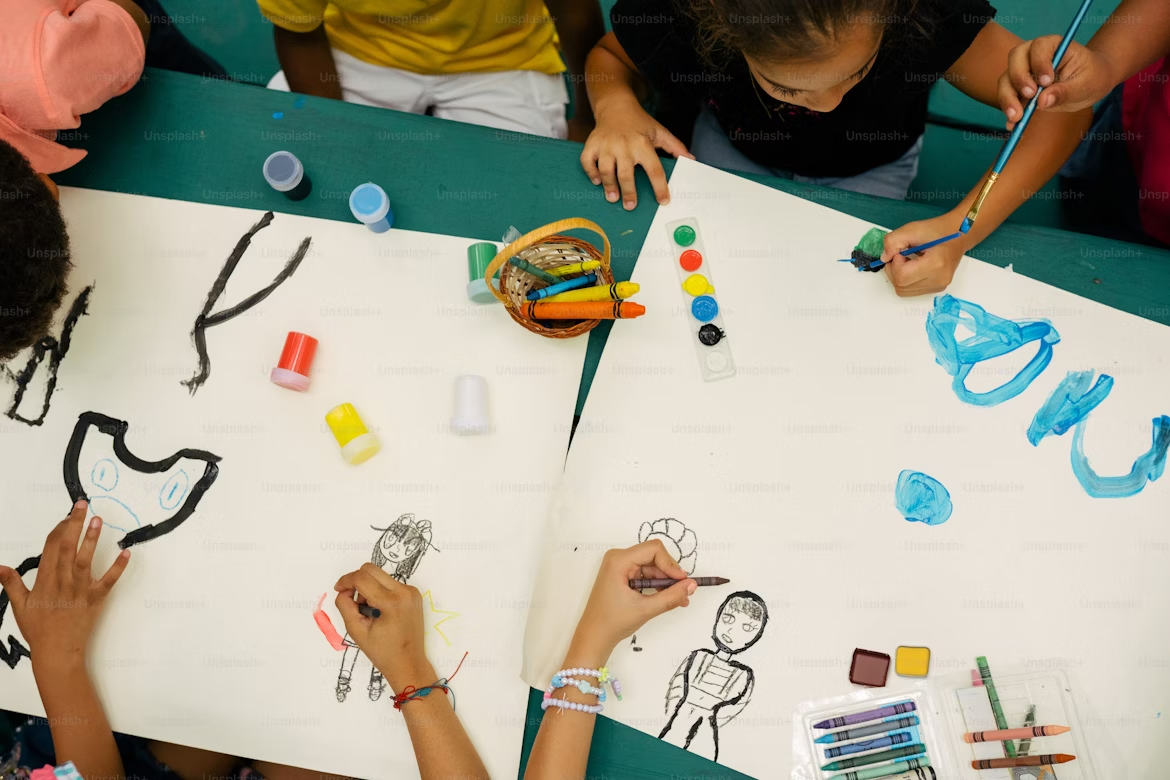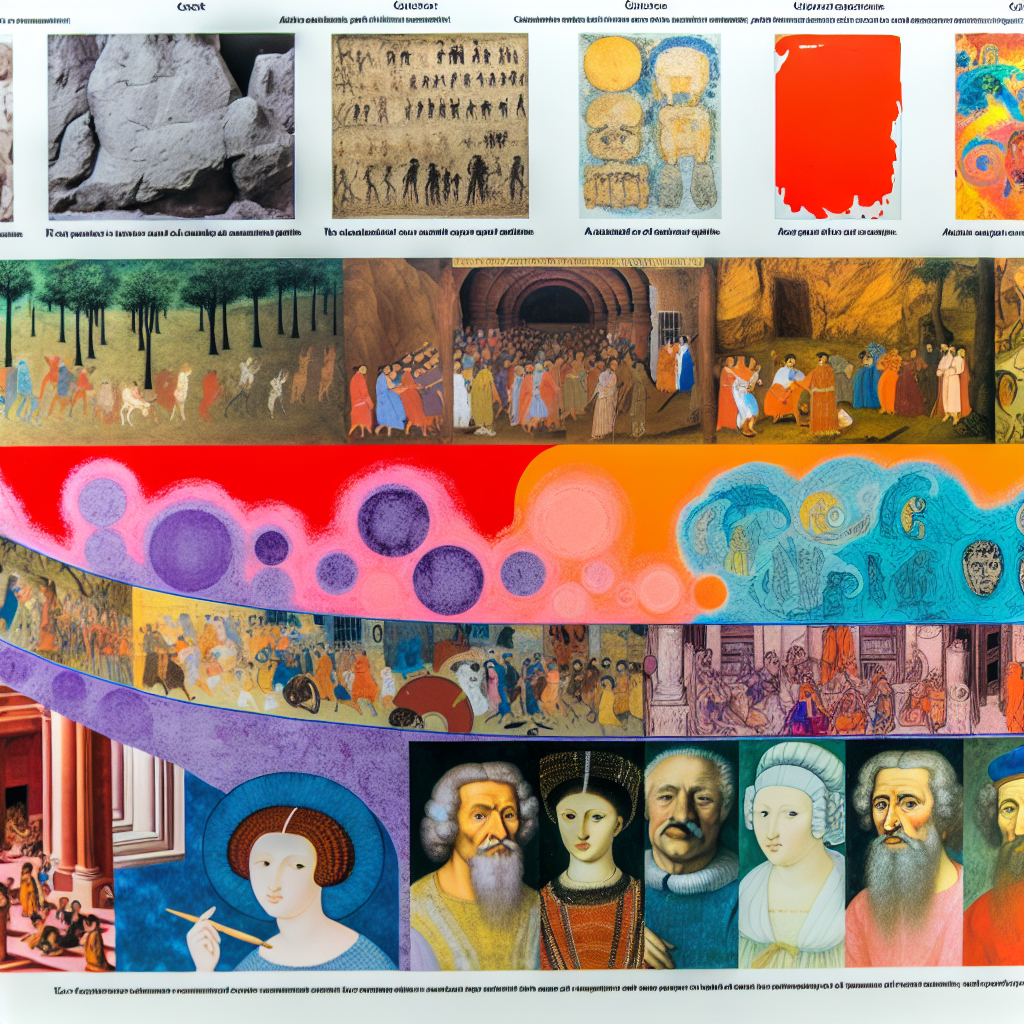Introduction
The use of color in art has evolved dramatically over the centuries. From the ancient cave paintings using natural pigments to the vibrant hues of modern masterpieces, color has been a medium of expression, emotion, and cultural significance. This article explores the journey of color through various art movements and historical periods.
Prehistoric Era
In the prehistoric era, early humans utilized natural pigments sourced from earth, minerals, and plants to create basic colors. Reds, yellows, browns, and blacks were primarily used in cave paintings, such as those found in Lascaux, France. These colors were symbolic, often representing the natural world.
Ancient Civilizations
As civilizations developed, so did the use of color in art. The Egyptians perfected the art of pigment creation, using minerals like lapis lazuli to create vibrant blues and greens. Color in Egyptian art was deeply symbolic, distinguishing between the realms of life and death, as well as various deities.
Renaissance and Baroque
The Renaissance marked a pivotal moment in the understanding of color. Artists like Leonardo da Vinci and Michelangelo used advanced techniques such as chiaroscuro, which emphasized contrasts between light and shadow. The Baroque period saw a further exploration of color, with artists like Caravaggio utilizing intense colors to evoke emotional responses.
Impressionism and Post-Impressionism
In the late 19th century, Impressionists like Claude Monet revolutionized color usage by capturing light and atmosphere rather than adhering to realistic colors. They employed quick brush strokes and vibrant palettes, allowing colors to blend optically. Post-Impressionists like Vincent van Gogh took this a step further, using color to express emotion and meaning rather than mere representation.
Modern Art and Beyond
The 20th century introduced a variety of movements that challenged traditional color theories. The Fauvist movement, led by artists like Henri Matisse, embraced bold, non-representational colors. Later, Abstract Expressionists like Jackson Pollock used color as a language of spontaneity and emotion.
Conclusion
Color in art has continually transformed, reflecting cultural, emotional, and philosophical changes throughout history. The journey from prehistoric pigments to modern art showcases the profound impact of color as a powerful tool of expression and creativity, inviting viewers to experience the world through a vibrant lens.
